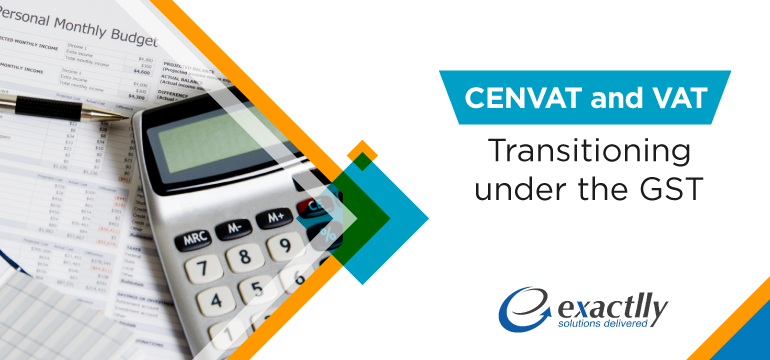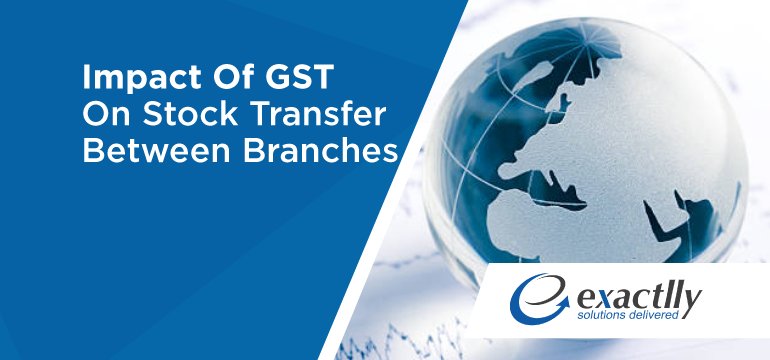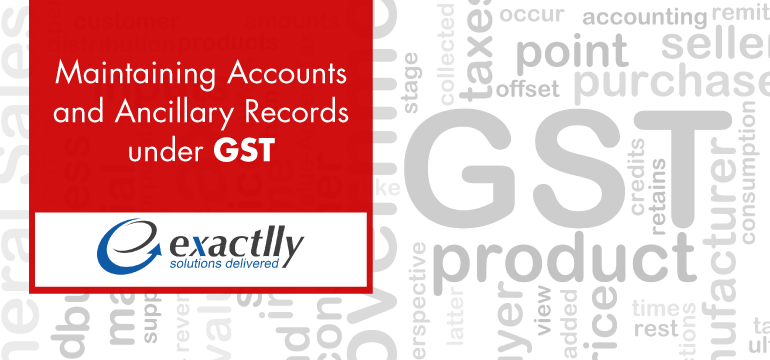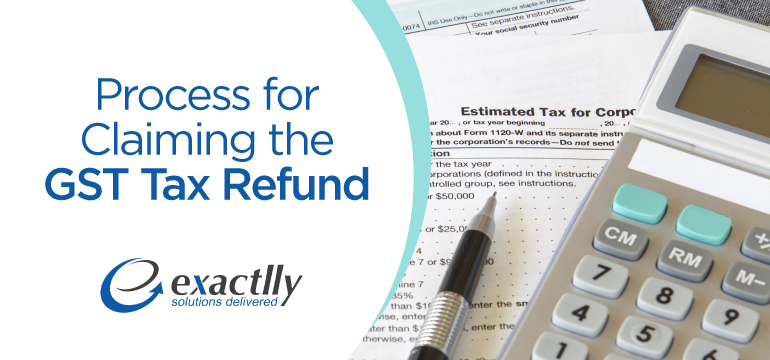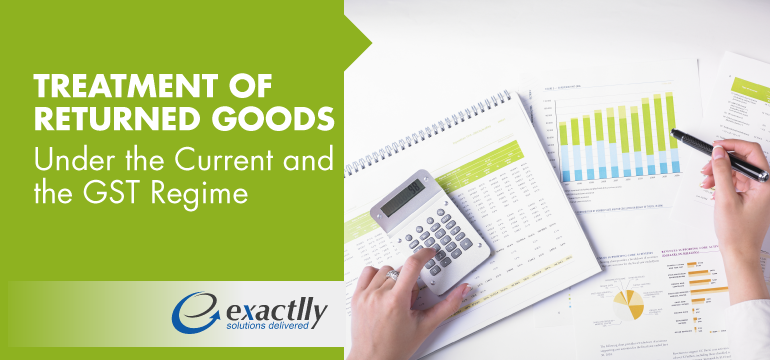All You Need to Know about GST
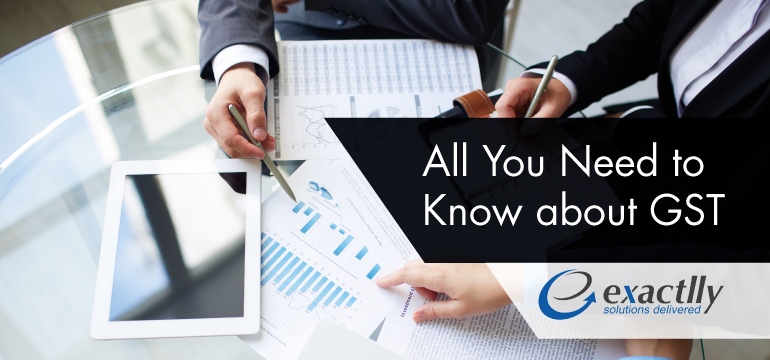
Since independence, GST is one of the biggest tax reforms to hit India – in a very positive way. The Goods and Services Tax Bill, popularly known as GST was unanimously passed on August 3, 2016, by way of the Constitutional Bill in the Rajya Sabha, to come into force with effect from April 1, 2017. The GST Bill has been drafted time and again, being perfected by lawmakers and stakeholders alike, and has evolved into a single unified tax system with the motto – One India, One Tax. The GST is expected to not only boost the GDP of the Indian economy from 1.5% to 2% but is also expected to consolidate the country and bring it under the ambit of a single marketplace for meeting all demands and supplies.
Small and big dealers alike must accustom themselves to the new GST system and the success of their business will depend on how well they can undergo and adapt to changes. Having said that, the benefits of the GST are abundant –
- Compliance has become more simplified
- Use of technological backing and application to create uniformity across the nation
- Overall business contribution towards ‘Ease of Doing Business in India’
What is the GST?
- Comprehensive tax to consolidate all the tax laws in the country
- Simplify the complex taxation structure that existed with the current tax regime
- Levied on supply of goods and services based on destination – also known as a destination based consumption tax
- The taxable event is the supply as opposed to earlier when the taxable event could range from being the sale, manufacture of good, provision of service
Legal Backdrop of the GST –
- Indirect tax in India has evolved cohesively with time. Transitions have taken place every decade for the last five or six decades.
We have provided a brief snapshot of the evolution of the tax regime –
- The concept of the MODVAT was introduced in 1986
- Excise and Service Tax introduced in 2004 for making credit fungible
- VAT rolled out in 2005
- Draft Model GST laws introduced to the public eye in June 2016
- Revised draft model law made available for public comments in November 2016 with changes
All these concepts have helped to increase transparency and bring about an integrated tax system to make it smooth for the taxpayer as well as the administrative bodies and finally benefit the consumer. Despite all the efforts, there are several grey areas that remain to be discussed. It is pertinent to note that the erstwhile Indian tax regime was administered by both the centre and the state. The GST aims to eliminate the cascading effect that was caused by the lack of infrastructure to utilize credits from the centre and state in a synchronous manner.
Further, there needs to be an unrestricted flow of tax credit which the GST aims to address, by bringing together industries, traders, service providers, professional associations etc., together under a single system. In many ways, the GST is like the concept of VAT in the sense that the tax is applicable only when value addition is made at every step in the supply chain.
We have made a list of the Key Features of the GST as Follows –
- Threshold limits for registration- The GST registration limits are divided on the basis of the states in the country, with some getting special status over the others in an aim to boost overall economic growth. Special category states include Arunachal Pradesh, Assam, Jammu and Kashmir, Manipur, Meghalaya, Mizoram, Nagaland, Sikkim, Tripura, Himachal Pradesh and Uttarakhand where the threshold is 10 lakhs and for the rest of the country, it is 20 lakhs.
- Composition Scheme – Dealers with a turnover of fewer than 50 lakhs may adopt the composition scheme and pay only between 1% to 4% tax on the turnover.
- Kinds of taxes imposed – India has adopted the concept of a dual GST meaning a combination of CGST (central) and SGST (state). Therefore, in such a model, the tax on the supply of goods and services shall be levied jointly by both the centre and the states. This shall be applicable to all transactions taking place intrastate. Additionally, there is also an integrated GST applicable on transactions that take place interstate.
- Rates of GST – The GST aims to bring into the foray three kinds of rates. These are the Merit Rate, Standard Rate, and the De-Merit Rate. Additionally, it is likely that a lower rate shall be rolled out for the purpose of supply of precious metals and a zero rate for essential goods.
- Subsumed Taxes – There are several taxes proposed to be subsumed under the GST. These are as follows – Central Excise, Service Tax, VAT/Sales Tax, Entertainment Tax, Luxury Tax, Lottery Taxes, OCTROI and Entry Tax, Purchase Tax.
The taxes that have not been subsumed are as follows – basic customs duty, alcohol for human consumption, petrol/diesel/aviation fuel/ natural gas, stamp duty and property tax and toll taxes.
-
Input Tax Credit Utilization (ITC) –
ITC can be utilized by setting it off against liability. In the case of CGST, it can be set off against CGST and then IGST respectively; in the case of SGST, it can be set off against SGST and IGST respectively and against IGST it can be set off against IGST, CGST, and SGST respectively. It must be noted that the CGST and SGST cannot be set off against each other.
-
Information Technology and Infrastructure –
The GST Network has been set up as a not for profit company under Section 25/Section 8 of the Companies Act, under a public-private partnership model. This network is going to enable the smooth working of IT functions such as filing returns online, operating the front-end and the back-end processes. The GST Network shall be the apex system controlling the processes and storing all the data from across the country.
-
GST Council –
The GST Council shall consist of members in the following manner – 1/3 representation from the centre and 2/3 from the states. This Council shall be formed within 60 days of being granted presidential assent and shall be the body making and approving decisions based on taxes, disputes arising out of taxes, exemptions to taxes etc. The Council’s recommendations on a 75% voting shall be binding on the centre and states.
-
PAN –
All dealers will be given a 15-digit PAN-based GSTIN that shall consist of inter-alia, a state code, PAN number, entity code. The entity code shall apply across business verticals for dealers engaged in several businesses within the state.
-
Changes in filing Returns –
Businesses are required to mandatorily file returns monthly, including those businesses that currently only file quarterly or biannual returns. Additionally, requisite quarterly and annual returns are also required to be filed. All businesses are required to comply with filing forms GSTR-1, GSTR-2 and GSTR-3 as opposed to the filing of a single return. Form GSTR-1 must be filed on the 10th of every subsequent month as opposed to on the 20th as was followed under the VAT model.
More and more dealers would not like to opt for the composition scheme as returns are required to be filed in a detailed manner relating to purchases, quarterly. The selling price for composite dealers is likely to increase due to the non-availability of ITC – leading to a reduction in purchasing by businesses from these dealers.
A Regular Dealer needs to make the Following Filings –
|
Form |
Particulars |
Date |
| Form GSTR-1 | for uploading all sales-related invoices | by the 10th of every month |
| Form GSTR-2A | for uploading details of inward supplies based on Form GSTR-1 | by the 11th of every month |
| Form GSTR-2 | regarding any additions or modifications in Form GSTR-2A | by the 15th of every month |
| Form GSTR-1A | for uploading details of outward supplies based on Form GSTR-2 | by the 20th of every month |
| Form GSTR-3 | for submitting the auto-populated form GSTR-3 | by the 20th of every month |
| Form GSTR-9 | for filing annual returns and uploading details regarding the ITC availed, local and interstate GST paid on import/export | by 31st December of every fiscal year |
A Composite Dealer needs to make the Following Filings –
|
Form |
Particulars |
Date |
| Form GSTR-4A | for uploading details of inward supplies made available to the recipient registered under composition scheme based on Form GSTR-1 furnished by the supplier | Quarterly |
| Form GSTR-4 | for uploading details of outward supply of goods and services | by the 18th of every month after the end of a quarter |
| Form GSTR-9A | for uploading consolidated details of all the quarterly returns so filed and the tax payment details | by 31st December of every fiscal year |
-
Manner of making payments –
For an amount that is greater than INR 10,000, e-payment must be done compulsorily. For making online payments, either NEFT, RTGS or IMPS may be opted for. Offline payments may be done through payment of cash, drawing cheques, demand drafts or by NEFT/RTGS methods. Against a payment, a dealer shall receive a challan / e-challan which is auto-populated and can be downloaded for his records.
-
Manner of Making Refunds –
The process of giving refunds is automated and a dealer shall be given up to 90% refund provisionally, wherever applicable and when applied without scrutiny.
The GST, owing to these key features, will impact several areas of business in the following ways–
-
Technological Capacity –
All processes, including filing, are being done online – all the frontend and backend work shall be taken online, thus it is imperative that businesses adapt to technology to make sure smooth functioning of filing invoices and returns.
-
Access Throughout the Nation –
As the concept of GST is to make the entire nation a single marketplace and interstate and intrastate trading are to become tax neutral, customers and businesses all throughout the nation will have easy access to supplies and through technology, compliance shall not be a hassle anymore.
-
Planning Cashflows –
While filing returns, ITC on purchase shall be provided provisionally and will be confirmed only upon uploading the corresponding sale invoice upon which the seller’s liability will be discharged. In case of a conflict in the simultaneous process, cash flows will get affected and be notified to the respective sellers.
-
Transparent Filing and Compliance –
With the rollout of the GST, businesses are required to frequently comply with filing returns through various forms. Not only this, but invoices are to be constantly uploaded. Nonetheless, the entire process of uploading data and filing forms is automated and is much easier than the previous indirect tax regime. There is no burden on the government to constantly follow up with dealers and vendors due to the technology so introduced.
-
Other Changes and Support –
Businesses with a spread-out network will need to re-manage their warehouses, storerooms, distribution chains etc. throughout the country, in an effort to locate their chain nearer to the market for ease of access by customers (due to breaking down of state classification giving rise to a single marketplace).
Prices of products will likely reduce due to the cascading effect of taxes being eliminated altogether (due to the introduction of unified taxes).
Contracts between dealers and suppliers with vendors will have to be renegotiated to incorporate the current tax regime and advance taxes as applicable.
Looking Forward:
- 15 state assemblies are required to ratify the GST Bill due to it being a constitutional amendment.
- The GST Council shall be formed within 60 days of being granted presidential assent and shall be the body making and approving decisions based on taxes, disputes arising out of taxes, exemptions to taxes.
- The CGST and IGST Bills are proposed to be passed in the winter session of the parliament and the SGST is proposed to be passed in 29 state assemblies.
- The GST Network is in the pipeline.
- Taxpayers to prepare to incorporate GST and current tax regime into their contractual and technological systems.
- Constantly keep the books of accounts updated as the ITC is to be carried for set-off against liability (CGST, SGST, IGST as explained above).
- For a smooth transition, forms need to be filed and accounting needs to be constantly complied with.
Therefore, any business or dealer, requires excellent hassle-free tax software to ensure that all these compliances are smoothly incorporated into the business, filings are made on time and data is uploaded on the GST Network to ensure the hassle-free transition into the new tax regime. Wants to know more about Exactlly? Feel free to Contact Us and book a Free Demo.

